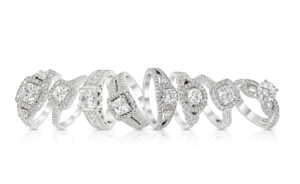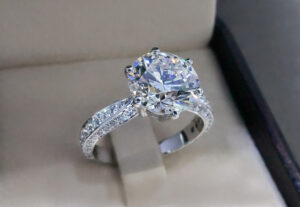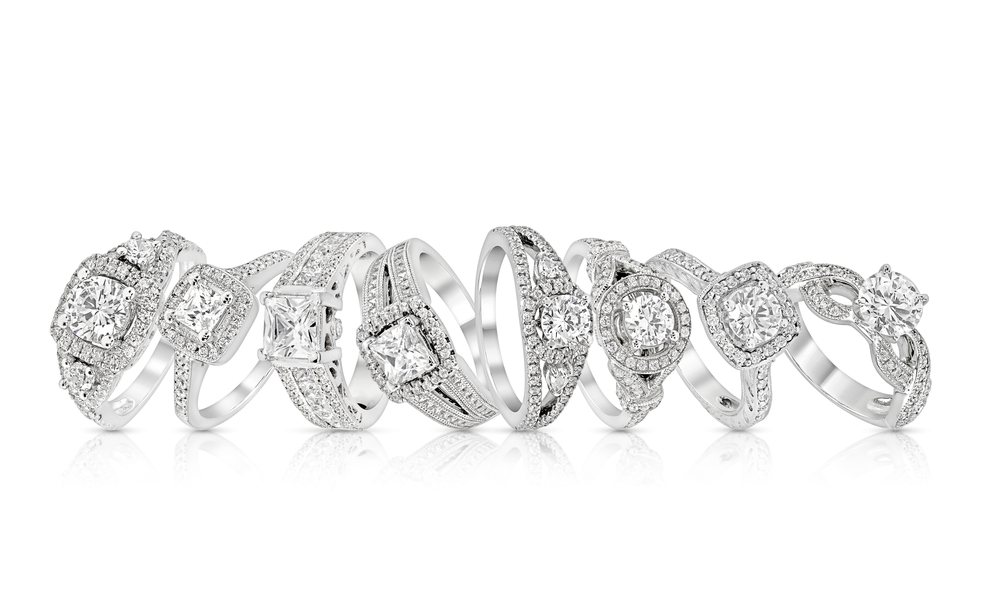
A jeweler’s loupe is a very common device used by diamond dealers to inspect loose diamonds or diamonds in a piece of jewelry like a diamond ring. Diamond loupes are devices that are equipped with a magnifying lens that can be used to inspect a diamond’s flaws and inclusions. Diamond loupes of different magnifications are available, but the most commonly used ones are diamond loupes with 10x magnification. Loupes with higher magnification than 10x have a considerably less field of view and this makes it harder to examine the diamond.
The flaws and inclusions in a diamond are mentioned in the GIA report of the diamond. If you know how to use a loupe, then you can verify whether the diamond flaws you see using the loupe are the same as the flaws mentioned in the report. You should also check for unlisted flaws in the diamond. Knowing how to inspect a diamond in your engagement ring enables you to double-check the clarity grade of the diamond.
Let us look into the things you have to look for when examining a diamond using a loupe.
Evident Inclusions
Diamonds are formed at great depths of 80 to 120 miles from the crust of the earth. During its formation, there are high chances of inclusions. When this diamond is cut by diamond cutters, blemishes or flaws can occur on the diamond. It is very rare to find natural diamonds with zero inclusion, and even if you do, you have to spend a fortune to acquire them.
There are inclusions that can pose a threat to the diamond structure. Another category of inclusions is harmless but can impact the appearance of the diamond. When inspecting a diamond using a jeweler’s loupe, look for significant inclusions that are easily observable under the naked eye. Inclusions near the edges can make the diamond prone to chipping. So examine whether such inclusions are there in the diamond or not.
Clarity Enhancements

Clarity enhancement techniques like fracture filling and laser drilling are often used in diamonds. Using a loupe, you can easily spot a fracture filling. Check whether the diamond has a lot of such fillings. A higher number of fracture fillings can affect the integrity of the diamond. You cannot heat treat a diamond that has fracture filling because the filling can melt and crack under intense heat. So, if you find a lot of clarity enhancements through the loupe, avoid the diamond.
